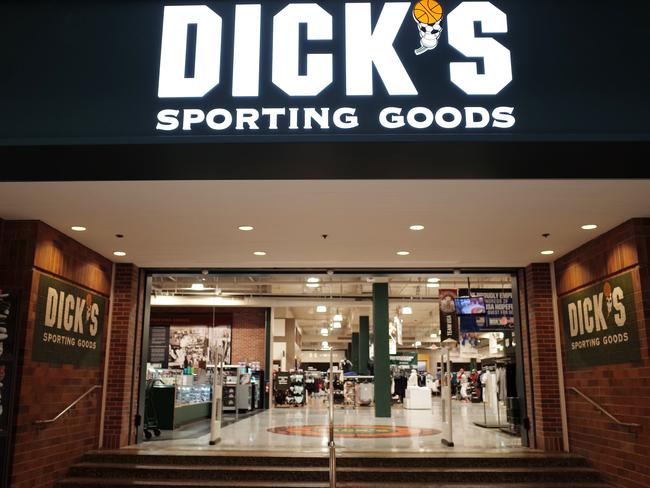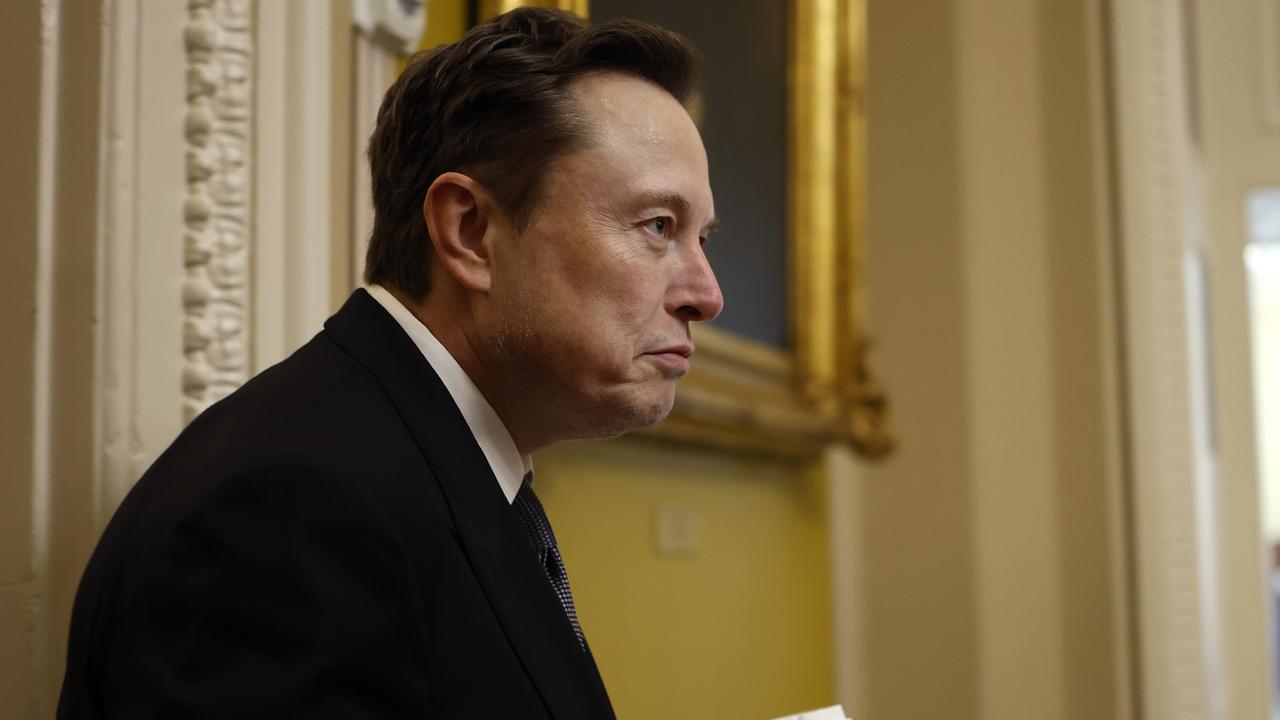The risky strategy behind Nike’s massive holiday discounts
The sneaker giant’s new CEO is trying to clear out inventory, pressuring retailer partners.

During one of the busiest shopping weekends of the year, Nike was the only brand to have a 30 per cent discount on most of its footwear at Macy’s famous Herald Square location in New York City.
Nike is in a race for cash. CEO Elliott Hill said after he took over in October that his priority was clearing out inventory. The company is slashing prices on its website so aggressively that it is not only risking its own holiday sales but also weighing on its retail partners.
The sneaker giant on Thursday reported its third consecutive quarterly sales decline – a 9 per cent drop in currency-neutral revenue from a year earlier. Its profits fell 10 per cent in the quarter ended November 30 from the year-earlier period.
Mr Hill, a Nike veteran who returned to lead a comeback, shared details on his plan. The company is investing more in marketing, mending relationships with retail partners and returning its focus to sports. Executives warned that some of these moves could hurt Nike’s financial results in the short term. They said revenue could decline in the current quarter by more than 10 per cent and that the drop could be even steeper in the following quarter.
“This isn’t going to be easy, but we’re ready for the challenge,” Mr Hill said on a call with analysts.

The discount-driven clean-up has already made a dent on the results of some of Nike’s large partners. A pair of Dunk sneakers sells for $US115 ($185) at Dick’s Sporting Goods or Foot Locker, but shoppers can get the same shoes for $US85 on Nike’s website.
“It impacts perception of the product by the consumer, it impacts negatively the brand,” JD Sports CEO Regis Schultz said about Nike’s discounts.
Nike is now selling more to retailers such as Foot Locker and Macy’s than it did a couple of years ago. It is also rekindling relationships with retailers such as DSW. It cut ties in 2022 under then-CEO John Donahoe to focus on selling items directly to consumers. The strategy yielded record profits at first, but early last year executives realised they were stuck with too much merchandise and needed help unloading it.
Academy Sports & Outdoors CEO Steve Lawrence said last week that the retailer would get a wider assortment of Nike products to about 140 locations, or about half of Academy’s stores. It would be the most meaningful launch in Academy’s 86-year history, he said. The sporting-goods chain has posted declining sales since April 2022.

Nike still dwarfs its sneaker competitors, and its products are prized by retailers. Executives from Foot Locker, JD Sports and Macy’s have supported Mr Hill’s strategy, saying their businesses will benefit from selling more Nike merchandise in the long run.
“Elliott and his team are absolutely taking the right actions for the brand in the overall marketplace,” Foot Locker CEO Mary Dillon said. The chain posted weak quarterly sales and lowered its finance targets in its October earnings report, citing softness in Nike’s business. Nike’s discounts were higher than the retailer anticipated, but Ms Dillon said she expected their intensity to abate.
Mr Hill’s return was received with optimism on Nike’s campus, and he has done more than cut prices. In his first two months on the job, Mr Hill cut tech spending, secured an extension for supplying uniforms for the National Football League and shuffled executives in marketing and operations. He put Nike’s top lawyer in charge of its sports-marketing division, one of the company’s top jobs, and appointed a new head of human resources.
In November, Nike resurfaced as a major sponsor for industry trade show The Running Event, where it barely had a presence in recent years. In 2023, Nike executives showed up with marathon world record holder Kelvin Kiptum to unveil the latest iteration of its super shoe, the Alphafly 3. Kiptum died earlier this year.

The giant is catching up in the running category because it underinvested in local communities in recent years. Other brands such as Brooks and Hoka captured runners in Nike’s absence.
Mr Hill is dealing with low morale stemming from several rounds of restructurings. Internal surveys recently showed that many employees at the company’s Beaverton, Oregon headquarters were uncertain about the future of Nike.
Investors say the moves are steps in the right direction – even if they were mostly laid out by Mr Hill’s predecessor earlier this year. The part of the plan that can’t come fast enough is a new shoe that can capture the public’s imagination. The Nike Dunk, a revival of the 1985 classic sneaker, became a multibillion-dollar franchise in recent years.
Nike’s executives reduced supply of its Dunk, Air Jordan 1 and Air Force 1 franchises to protect their public perception, but the company is still making more of these shoes than it can sell.
More than half of Nike’s men’s footwear was being sold at a discount on the company’s website as of last Wednesday.
Donald Trump’s plan to add new tariffs on most imports into the US could complicate Nike’s recovery plans. It makes most of its footwear in Asia. The company would face higher costs if president-elect Donald Trump follows through on plans to add new tariffs on most imports into the US.
In Europe, Nike last year disclosed that it was appealing customs claims by European and Belgian authorities. The company said that losing the dispute would have a material adverse impact on its financial position. A trial is scheduled for February 2026.
The Wall Street Journal





